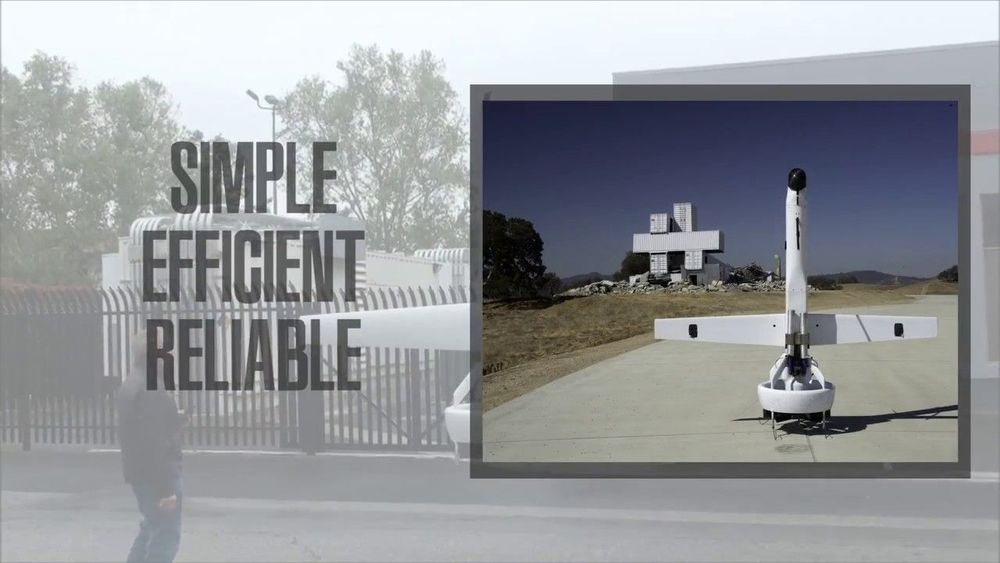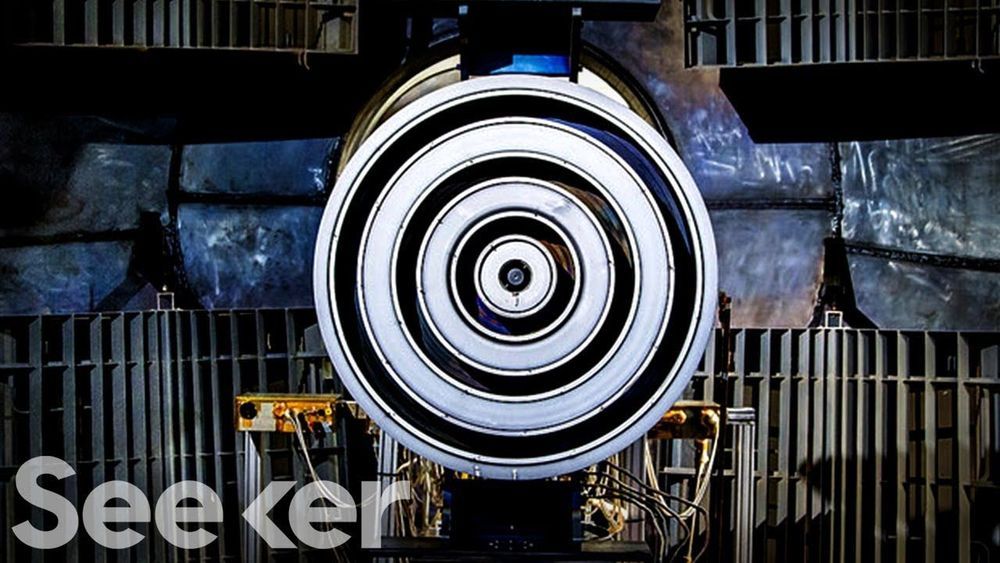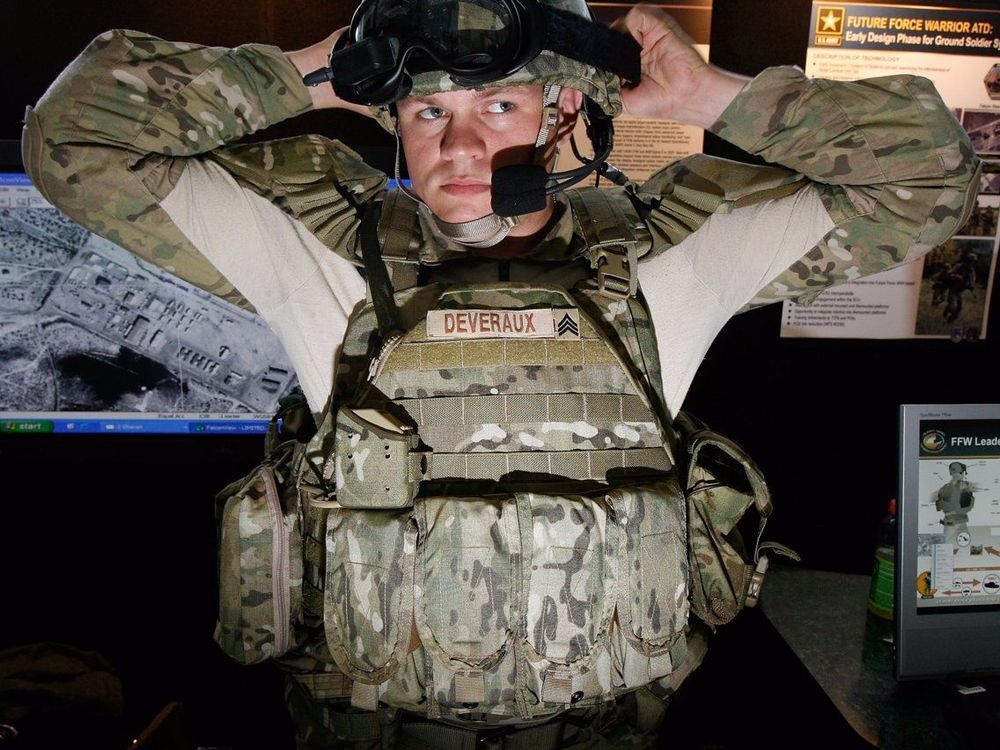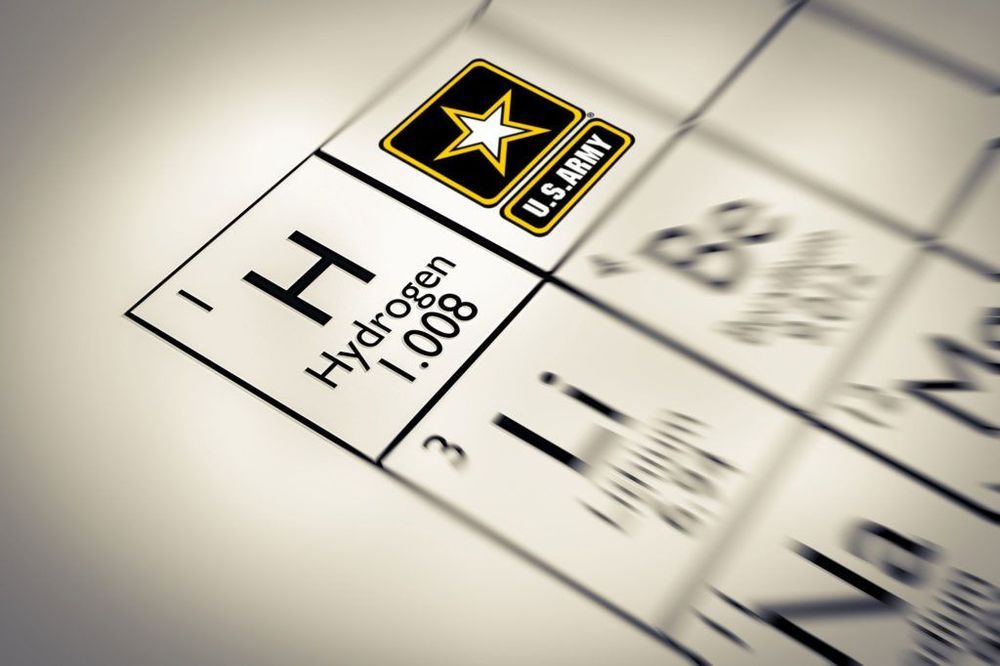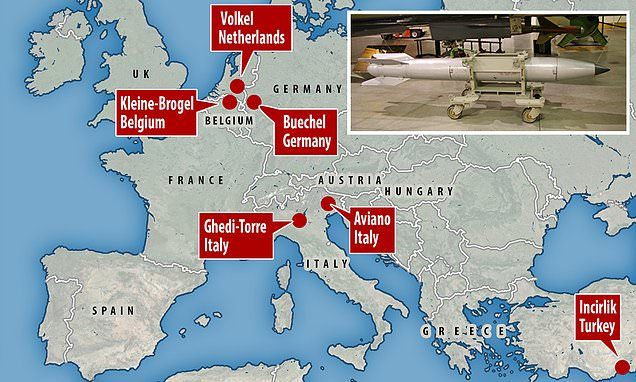The Navy sent its expeditionary fast transport ship USNS Spearhead to sea to experiment with a number of cutting-edge technologies last week, including MartinUAV’s novel V-Bat drone. V-Bat is capable of infrastructure-independent vertical takeoff and landings while also retaining the high efficiency of a fixed-wing aircraft for long-endurance missions. Seeing as it can be launched and recovered in a nine square meter area and even in dense urban terrain, as well as on the tight decks of ships, the drone could have a lot of applications in the military, law enforcement/first responder, industrial, and environmental monitoring sectors.
